Streamline refinancing can be an excellent way to reduce your monthly mortgage payments and take advantage of lower interest rates. However, if you’re planning to change lenders during this process, it’s essential to understand how escrow accounts work and what to expect. This guide will walk you through everything you need to know about escrow accounts in the streamline refinance process.
What is an Escrow Account?
An escrow account is a third-party account that holds funds for property taxes and homeowners insurance. Lenders require these accounts to ensure that these critical expenses are paid on time, protecting both you and the lender from potential issues like tax liens or uninsured damages.
Purpose of an Escrow Account
- Manage Property Taxes: Your lender will use the funds in the escrow account to pay your property taxes when they are due.
- Cover Homeowners Insurance: The account also ensures your homeowners insurance premiums are paid, keeping your property insured.
How Escrow Accounts Work with Different Lenders During a Streamline Refinance
When you refinance your mortgage, especially through a streamline process, your existing escrow account does not automatically transfer to the new loan or lender. Instead, one of the following scenarios will occur:
Refund and New Setup:
- Your current lender refunds the balance of your existing escrow account to you.
- Your new lender sets up a new escrow account, requiring you to deposit funds upfront to cover future payments.
Transfer of Funds:
- In some cases, your new lender may agree to transfer the existing escrow balance to the new account, although this is less common and depends on lender policies.
Managing Property Taxes and Insurance
- Continuous Coverage: It’s crucial to ensure there’s no lapse in property tax and insurance payments during the transition period. Communicate with both lenders to make sure everything is covered.
- Double Payments: Be prepared for the possibility of making double payments temporarily—one to the old lender until the refund is processed and another to the new lender to fund the new escrow account.
Potential Benefits and Drawbacks of Changing Lenders During a Streamline Refinance
Benefits
- Lower Interest Rates: A new lender might offer a better interest rate, saving you money over the life of the loan.
- Improved Terms: You might find more favorable loan terms or customer service with a different lender.
Drawbacks
- Upfront Costs: Establishing a new escrow account may require significant upfront deposits.
- Processing Time: Changing lenders can complicate the streamline process and extend the time needed to complete the refinance.
Steps Involved in Transferring an Escrow Account to a New Lender
- Contact Your Current Lender:
- Inform them of your intent to refinance and request details on your current escrow account balance.
- Coordinate with Your New Lender:
- Discuss whether they can accept a transfer of funds from your existing escrow account or if you will need to establish a new one.
- Prepare for Refund:
- If the funds cannot be transferred, prepare to receive a refund from your current lender and deposit the necessary funds into the new escrow account.
- Confirm Coverage:
- Ensure that property taxes and insurance payments are not missed during the transition.
Important Considerations for Home-Buyers When Dealing with Escrow Accounts and Lender Changes
- Review Lender Policies: Different lenders have varying policies on handling escrow accounts. Review these policies before making a decision.
- Understand Costs: Be aware of any additional costs associated with setting up a new escrow account.
- Monitor Payments: Keep track of all property tax and insurance payments to avoid any lapses in coverage.
By understanding how escrow accounts work during a streamline refinance and considering the potential benefits and drawbacks, you can make informed decisions and ensure a seamless transition. For personalized guidance and support, consider reaching out to our experts who can help you navigate the complexities of the mortgage process.






